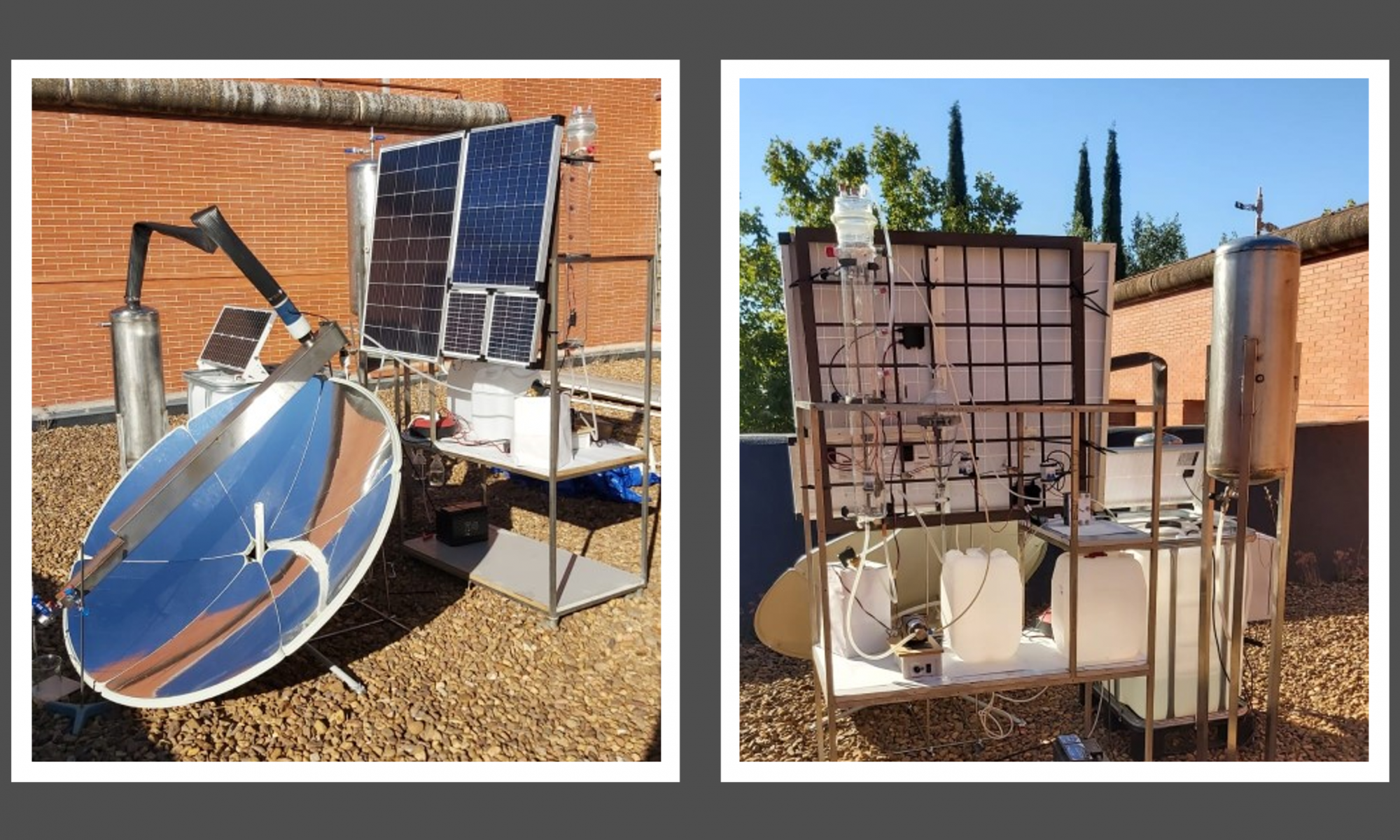CTQ2017-91190-EXP
Electrochemically-based decarbonizing energy
The EDEN project aims to develop a new energy storage system, based on a reversible electrochemical cell equipped with PBI membranes. The system is based on the generation, accumulation and use of chlorine and hydrogen gas streams through the combination of electrolytic and fuel cell systems. The first ones, devoted to convert electricity in chemical energy, are well known and will be optimized for the application that is being developed. The second, responsible for the conversion of chemical energy into electricity, are in a very incipient state, but we aim to take advantage of the experience of more than fifteen years in the development of high temperature PEM technology to adapt them to the application to be developed. The use of PBI membrane technology should allow the fuel cell to operate without the problems generated by the difficult water management resulting from operating chloralkali fuel cells at temperatures at which liquid water is generated. In addition, the process to be developed generates a stream of sodium hydroxide that can be used for the absorption of CO2 in gaseous streams (the recovery of sodium carbonate is suggested by membrane-assisted crystallization) and can also reduce the salinity of brackish and/or saline water (including the retentate of desalination processes), generating hydrochloric acid of high purity. The EDEN system has immediate direct application in the development of a new, more sustainable concept of electrical power supply for Wastewater Treatment Plants (WWTP) with integration of regeneration processes, through the use of renewable energies, the capture of CO2 generated in incineration of the digester gases and the use of the retentate of desalination process produced during regeneration. All the processes will be characterized and their integration will be carried out in a prototype of regenerative cell that will be subjected to the operating conditions generated in the new WWTP concept. The success of this project can mean a paradigm shift in water purification, contributing to the development of more sustainable processes than the current ones with a lower carbon footprint. This proposal has the beauty of simplicity: it does not try to make complex technology but to intelligently use existing processes, taking advantage of the main characteristics of each of the technologies involved
